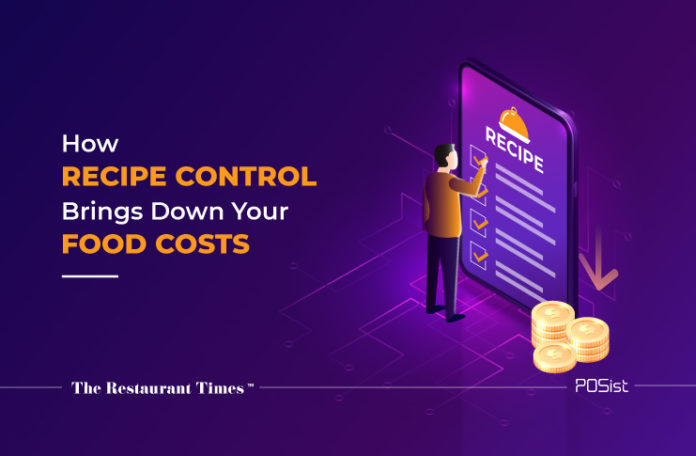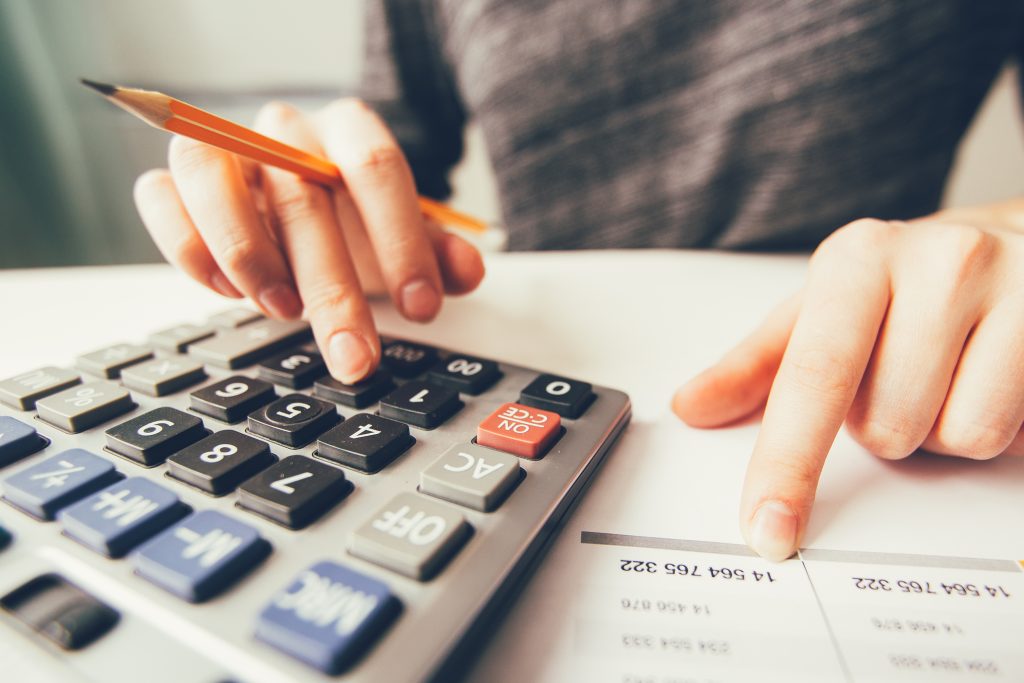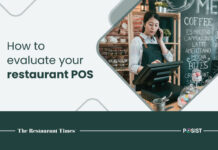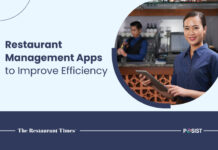The cost of food has a large bearing on the profit margins of restaurants. About 84.3% of all the food waste generated in a restaurant is disposed of, compared to just 15% that is recycled or donated. Shrinking restaurant budgets make a clear-cut strategy essential for reducing food costs, primarily through recipe management.
Standardized recipes make it possible for a restaurant to cut down on any additional wastage. The incorporation of restaurant management software helps you reduce food costs at your restaurant and thereby increases profits.
Managing Recipes To Control Food Costs
Recipe management has many benefits for your restaurant. The first step is having a priority list for the order in which items are to be prepared. An ideal restaurant POS should be able to tell you an optimal time needed to prepare each of your dishes so that you can serve your customers better.
Restaurant management software can help you forecast the prices of raw materials according to changing prices and government regulations. It tracks the items consumed in a particular kitchen and estimates the amount of fresh stock required.
Let’s look at the different aspects of recipe management at your restaurant.
i) Central Recipe Management
When we talk about recipe management, we mean maintaining consistency in your recipes or menus at all your outlets. As a restaurant chain owner, ensuring the consistency of recipe items at all your outlets can be a nightmare. However, a modern POS can save the day for you.
With the right POS, you can instantly update your recipes centrally with a single click, and it would automatically be updated at all your outlets. This helps you benefit from economies of scale, cutting down food costs by explicitly reducing food wastage.
Your typical restaurant POS should also be able to give you insights on the average rate at which stock is being consumed making inventory management easier. An automated system helps you reduce the number of checkpoints in the absence of a central managing. This can make your restaurant’s overall supply chain more efficient.
ii) Yield Management
As a restaurant owner, you may be aware that menus cannot be changed at will, even when the prices of certain commodities increase unexpectedly. This affects the cost of preparing specific food items which cannot be recovered in the short term. Managing your daily consumption requires proper utilization of raw material, including reusing certain items if possible.
Since you can automatically view the yield of each item of your inventory daily, you can make better decisions about buying more stock well before time.
In case of perishable items, an ideal POS can help you control food costs by ordering exactly what you need and when you need it. This helps you to prevent overstocking and raw material decaying while in storage. For instance, once you estimate the average consumption of your outlet place orders for stock items after including a margin buffer.
iii) Food Costing
After getting a hold on your inventory and recipes, you need to be able to put a check on your food costing. Restaurant sales are hugely dependent on their food costs. This is why the food costing percentage is an important parameter to judge the success of your recipe management.
a) Calculation Of Your Food Costs
Staying on the budget at a restaurant, especially when it comes to the food costs, is quite challenging. The best way to achieve that is to use a food cost formula, which would help you save time, resources, and food in the long run. You need to take your inventory and to change the costs of raw material into consideration while calculating the food costs for your restaurant.
You can then divide the cost of your goods sold by the food sales you make and change it into a percentage to calculate your food cost percentage. An ideal food cost percentage is between 25 to 35 percent. You should be able to manage your entire menu’s food costs percentage between this bracket. Otherwise, you could be overpricing your menu.
b) Pricing Your Menu
Along with designing the right menu, it is also essential to price your food dishes right. Most restaurateurs use the best of technology and POS software to achieve the same. Since a restaurant POS helps to forecast different raw material costs and the predicted consumption in the upcoming days, it becomes quite convenient for the restaurateurs to predict their budget.
You can also alter the prices of your dishes according to the consumption pattern of the consumers. For instance, if you are a restaurant chain owner, one of your outlets could have more demand for Shahi Paneer, and the other outlet could have more demand for Butter Chicken. This means that there could be different prices set for the same dishes at different outlets, due to different demands. The restaurant management software could help achieve that quite easily. But, there are other tips and tricks that you could follow to keep your prices in check. Let’s look at each of them individually.
c) Work On Your Portion Sizes
Restaurateurs believe that food is first tasted through the eyes before it is tasted by the mouth. This is why we focus so much on food presentation. Along with that, you need to focus on the portion sizes that you’re serving. Don’t serve extra-large portions, but do not skimp on it either.
As for the new dishes, you must keep an eye on how your customers react to them. If you see most of the food left uneaten, it is time for you to change the portion size of your dishes. There is almost always guesswork, and you will never know how much of a new dish to present before you actually present it to customers.
d) The Art Of Mix and Match
An ingenious trick that you can follow is to mix and match your high priced food items with ones that are relatively low priced. For example, many restaurants serve highly price amb with low priced vegetables/ potatoes to have an average price on the menu. This would also attract many customers, as millennials crave for innovations with their food.
All in all, standardizing your recipe menu helps you reduce food costs marginally by initially cutting down on your food wastage. Most of the restaurants that fail in the first year of their establishment believe that management of inventory and their regular consumption was one of the main reasons for the dip in their sales.


















